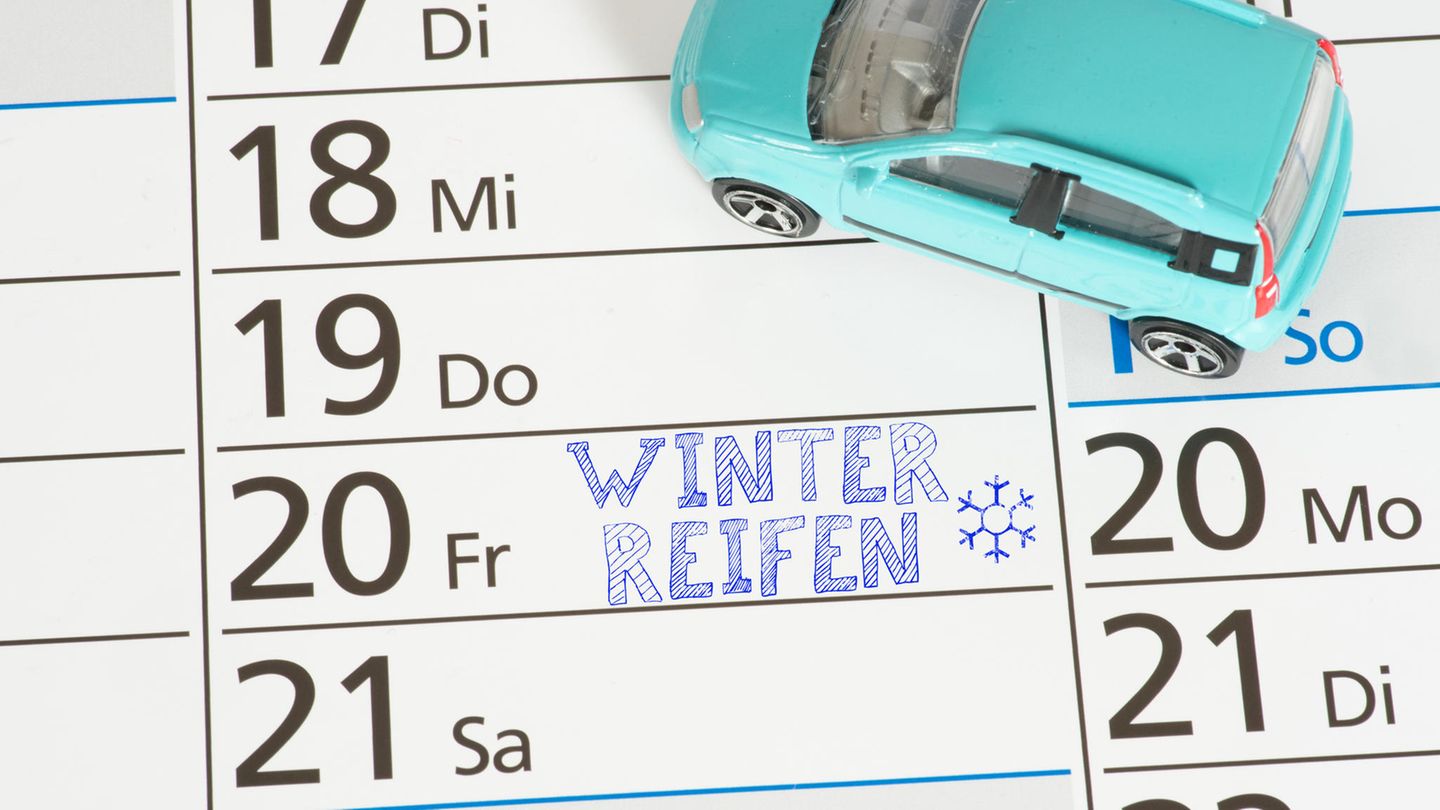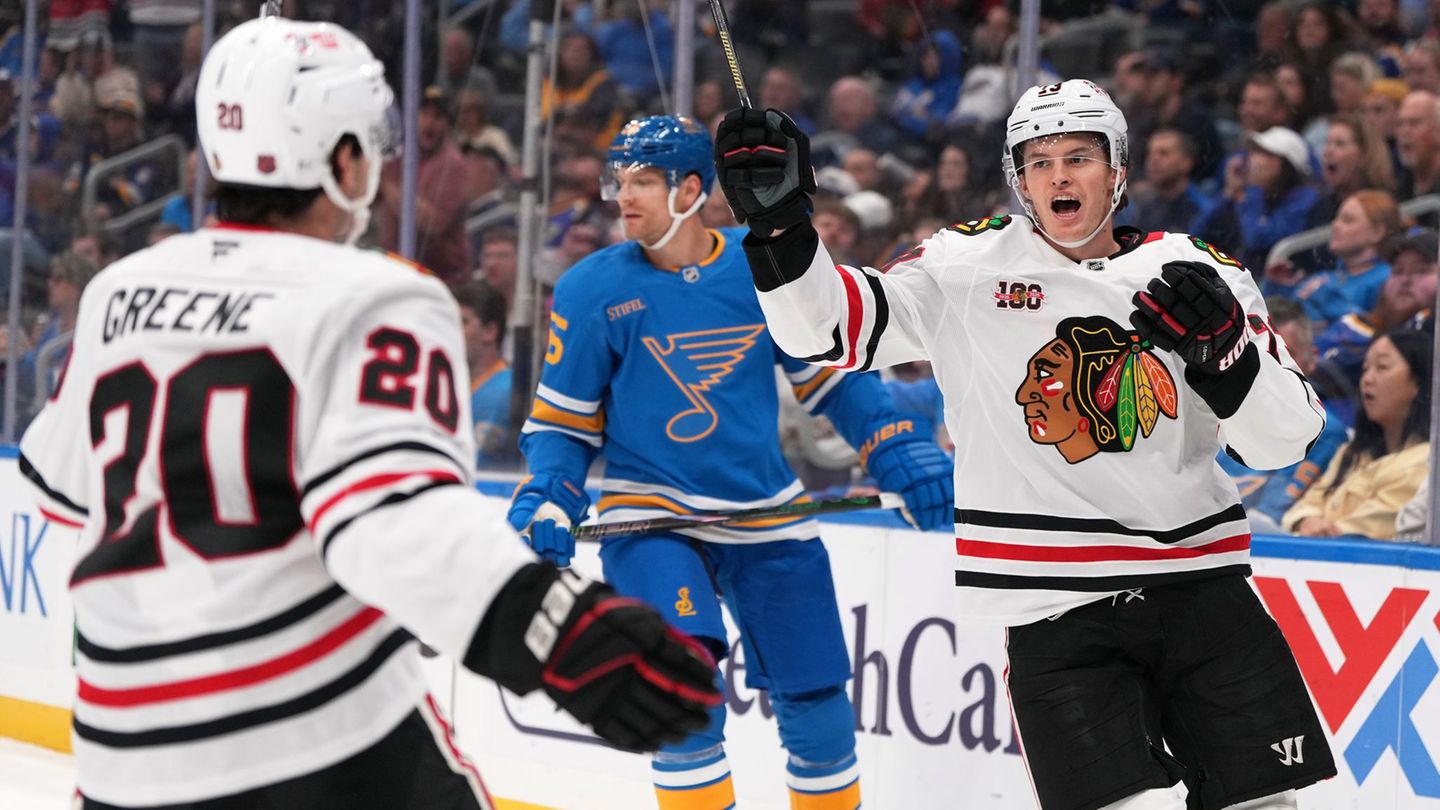The cardinals gathered in Rome began on Tuesday at the first congregation, after the death of Pope Francis. In this morning the Vatican meeting defined the date and place for the funeral of the deceased pontiff at age 88, as a consequence of a stroke. Meanwhile, Bergoglio’s first images were disseminated in the coffin in the Santa Marta chapel.
In this way, the Cardinals congregated in Santa Marte resolved that the funeral of Pope Francis will be next Saturday, April 26, at 10 in the morning (5 in the morning Argentina), in the Plaza San Pedro del Vaticano. There the transfer of the coffin will be made to the Basilica of San Pedro, where the faithful may pay tribute.
When and where will it be the funeral of Pope Francis
The dean of the Cardenalicio College, Giovanni Battista Re, summoned all those purpurated through an official letter after knowing the death of the Holy Father. The first meeting took place at 9 (4 in the morning Argentina) in the Synod classroom.
The invitation was for those cardinals over 80, who will participate in the preparatory general congregations, although, as established in point No. 7 of the Apostolic Constitution, “They have freedom to participate or not, “according to the standard.
During the morning of Rome, numerous cardinals were seen directed towards the Synod classroom through the Plaza de San Pedro. Meanwhile, other prisoners are on their way to the Vatican officiate masses in honor of the Pontiff in their respective countries.
Key decisions about funeral and public tribute
The congregation has announced officially The date of Francisco’s funeral, which according to the current Vatican legislation should be held between Friday and Sunday, being finally set for Saturday, April 26. Likewise, the transfer From the body to the Basilica of San Pedro, planned for Wednesday, April 23, at 9 in the morning.
The funeral protocol has been simplified At the express desire of the Argentine pontiff. This Monday the rite of Death finding In Francisco’s residence, after which his body was introduced into the coffin to be veiled in the chapel of the same building, thus respecting the provisions established by the Pope in life.
Another of the traditional rituals that must be completed is the cancellation of the fisherman’s ring and papal stamps through an incision, to prevent them from being used to sign documents in the name of the Pontiff after his death.
The cause of death and last wills of the Pope
As the Vatican doctors have determined, Francisco died as a result of a cerebral stroke which resulted in a coma and an irreversible heart failure. The First Latin American Pope in History has established in his will his desire to receive burial in a simple grave inside a chapel in the basilica of Santa María la Mayorthus breaking the tradition of burying the pontiffs in the Vatican Grutas.
During these days the preparation for next conclavewhich will be the most numerous of recent times. A total of 135 Cardinals from 71 countries different will be entitled to vote to choose Francisco’s successor, exceeding the usual 120. It should be noted that 80% of these purpurated were appointed by Francisco himself, leaving as a legacy a more universal and diverse cardinal school.
Francisco’s pontificate legacy
Jorge Mario Bergoglio, elected Pope on March 13, 2013, has left a deep mark on the Catholic Church during his more than 11 years of pontificate. His close style and his gestures of humility transformed the image of the papacy before the world. Among its most significant reforms include the restructuring of the Roman curia, the fight against sexual abuse and financial corruption in the Vatican, as well as a more inclusive approach to social issues.
The Argentine pontiff also promoted a “departure” church, close to the most disadvantaged, and opened debates on issues previously considered taboo within the institution. His encyclical “Laudato Si” on the care of the common house marked a milestone in the positioning of the church in the face of the climatic crisis.
What happens during cardinal congregations?
The general congregations, which have already begun, are preparatory meetings where the cardinals address practical issues after the death of the Pope. In addition to establishing the date of the funeral and organizing the transfer of the body, issues related to the interim church government are discussed during the vacancy.
During these sessions, the CamarlengoCardinal in charge of the temporary administration of the goods of the Holy See, assumes a relevant role. The rules established for the next conclave are also reviewed and the necessary preparations are made so that the cardinals can meet in the Sistine Chapel when the time is to choose the new Pontiff.
These meetings also allow the purple to know each other better with each other and maintain informal conversations about the challenges facing the Church, which can indirectly influence the Choice of the next Popealthough it is strictly prohibited to carry out agreements or agreements prior to the conclave.
When will the conclave begin to choose the successor?
The Vatican regulations establish that the conclave must begin between 15 and 20 days after the death of the pontiff, a time considered necessary for all cardinals to reach Rome. During that period, the Church is in vacant headquarters and the ordinary government falls to the Cardinal College.
The electoral process will be developed in the Sistine chapelwhere the 135 Cardinals under 80 years will be isolated from the outside world until they choose the new Pope by qualified majority of two thirds. This will be the first papal choice of the 21st century without the presence of Benedict XVI as Pope Emeritus, which simplifies the institutional panorama with respect to the previous conclave.
You may be interested
News in development.-
Source: Ambito




